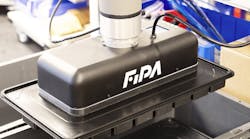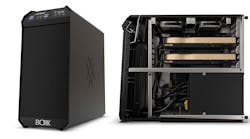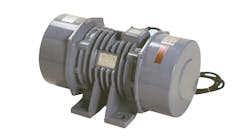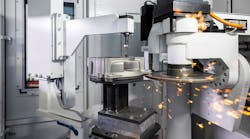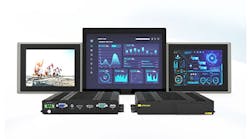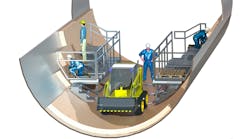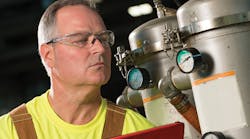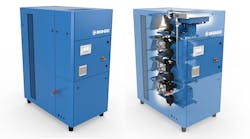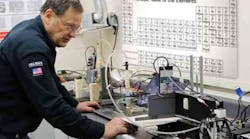VIRIDIS3D LLC released an open materials development system designed to make additive manufacturing project development fast, affordable, and easy for metalcasters. The company supplies robotic additive manufacturing (RAM) technology (3D printers, robots, auxiliaries, software), materials, and training needed to deploy 3D printing capability.
The new RAM10™ materials development kit is simple in construction and has very fast test cycle times, with a small build volume. The kit’s components are identical as those used for the larger RAM140™ and RAM260™ printers. The RAM10 uses ViriPrint™, which is the same software as the production printers.
"Many of the most valuable product enhancements in 3D printing actually originated from the customers’ feedback," according to Viridis3D chief technology officer Jim Bredt. Therefore, Viridis3D has taken a different approach than that associated with older, large-format printer manufacturers.
The RAM10 3D Printer Development Kit allows users to change powder, binder, firing parameters, tubing, and powder deposition subsystems — enabling distributed development of new materials sets. The similarities allow scaling to the larger systems to be as seamless as possible.
The first system was installed earlier this year at Palmer Manufacturing & Supply, Springfield OH. “It was extremely easy and fast to get the RAM10 up and running. With a little guidance form Viridis3D, we had a new ink working in just a few days,” according to Palmer’s technical sales/service manager Ken Strausbaugh, who deployed the RAM10 system to conduct research into sand binder performance.
Viridis3D will provide training for ink and powder development projects, and service/support for the systems. Options for new print-head and powder spreading configurations also are available.
"We're very eager to see the products that come out of the academic and industrial sectors as they start to use this materials development system," said Will Shambley, president. "There are a great many untapped 3D printing applications. We're hoping that by making this easy-to-use development kit, that we will be able to create a thriving development community around the bigger production RAM printers."
Visit www.viridis3D.com
